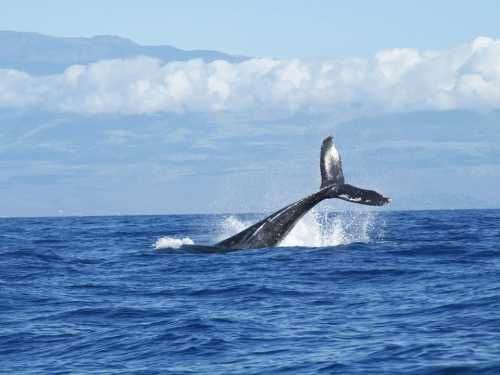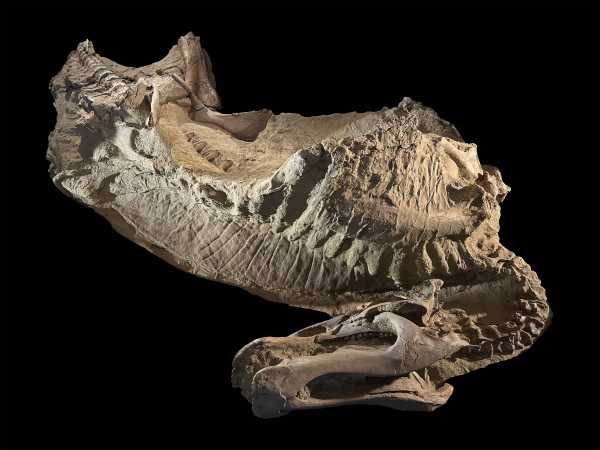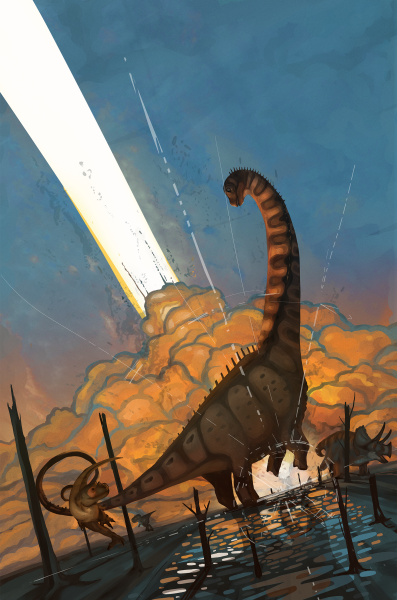
The giant coconut crab (Birgus latro) is the biggest terrestrial crab in the world.
Coconut crabs, Earth’s biggest land crabs, are internet famous from images in which they dwarf trash bins and tear birds limb from limb.
But when these crabs aren’t devouring seabirds, they’re chatting to each other in vibrating clicks, and scientists recently discovered that the crabs’ weird clicking calls are unexpectedly diverse.
.
Previously, the researchers found that the crabs produced “tapping-like sounds,” but they were unsure how and why the animals made those noises. For the new study, the scientists captured X-ray movies of the clicking crabs to uncover the source of their acoustic prowess; they also recorded digital audio of the crabs during interactions between males and females, to see if the clicking was linked to mating behavior.
In experiments, male and female coconut crabs clicked before, during and after mating — and the sounds that they made were different at each stage. X-rays revealed that the crabs were communicating by vibrating thin appendages known as scaphognathites, which draw air into the crabs’ lungs. When the structures vibrate, they flutter against hard plates in the crabs’ gill channels to generate a tapping sound. By changing the structure’s vibration speed, the crabs could produce multiple sounds that varied in frequency and intervals, according to the study.
The only other crustacean that produces sound with its scaphognathites is the aquatic crayfish (Procambarus clarkii), and coconut crabs are now the only land crustaceans known to exhibit this behavior, the researchers reported.
Trash can titans?
Long before coconut crabs caught scientists’ attention with their clicking, they were renowned for their girth. More than a decade ago, the internet audience was transfixed (and terrified) by a much-circulated photo of a truly monstrous coconut crab that appeared to be the size of a trash can. However, the scale in the photo was misleading, and the crab — though large — was probably not quite as big as it looked, biologist Michael Bok wrote in January 2010 on his blog Arthropoda.
An outdoor trash can (such as the one in the crab photo) typically measures about 4.25 feet (1.3 m) tall, which led viewers to think that the crab was about that length. But the bin in the photo is likely much smaller than average, making the crab look bigger by comparison, Bok explained.
Coconut crab from r/WTF
Even if coconut crabs aren’t as long as a trash can, they’re still formidable creatures with a pinch more powerful than that of any other crustacean — and even stronger than most animals’ bites, Live Science previously reported.
In fact, researchers documented a coconut crab snatching a large seabird from its nest, breaking its wings and ripping it to pieces, Science Alert reported in 2016. Gruesome footage captured by Mark Laidre, an assistant professor in the Department of Biological Sciences at Dartmouth College in New Hampshire, showed a stealthy crab using its pincers to cripple and subdue a red-footed booby (Sula sula) in the Chagos Archipelago in the Indian Ocean.
Though the experiments in the new study only recorded interactions between amorous male and female crabs, their clicking conversation could extend beyond mating encounters, the scientists wrote. However, more tests will be necessary under a variety of conditions in order to decode the extent of coconut crabs’ “language,” according to the study.
Sourse: www.livescience.com





